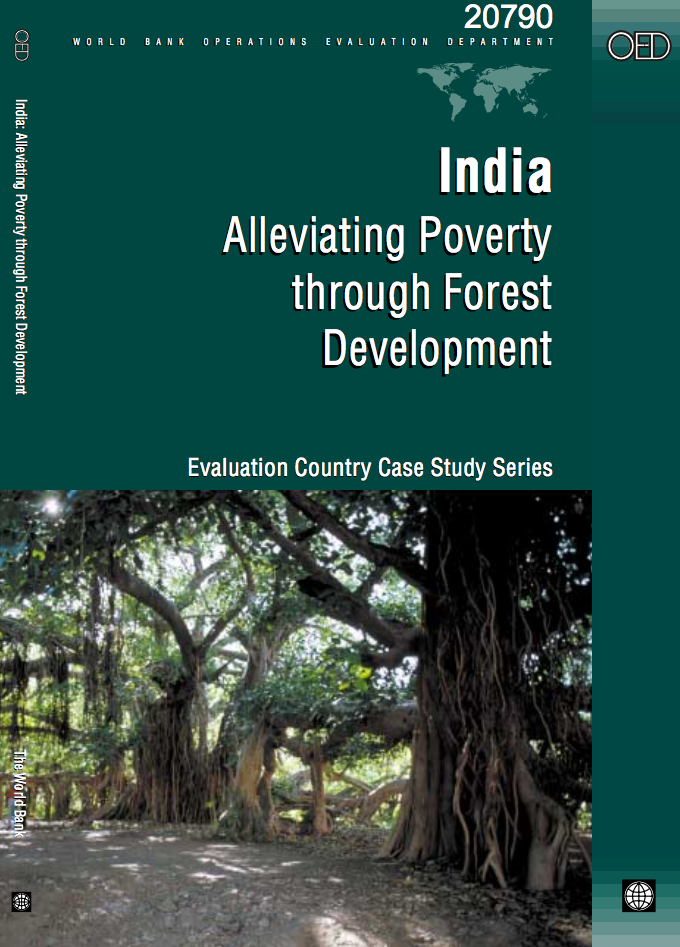Resource information
This case study, one of six evaluations
in a series of country case studies, aims to understand the
implementation of the 1991 Forest Strategy in World Bank
operations and to obtain the views of the various
stakeholders in the country about the involvement of the
Bank. Each country study examines the overall development of
the country's forest sector. This naturally includes
the environmental impacts on forests, such as degradation,
bio-diversity loss, and deforestation as well as
encompassing the economic uses of forests, particularly the
management of forest resources for production, the role of
forest development in poverty alleviation, and the impacts
of forest research and development. The report takes a
multi-disciplinary approach that discusses economic, social,
political, institutional, and financial issues, and is based
on evidence from the literature; review of project documents
and files; extensive interviews with Bank and other donor
agency staff, specialists, forest officials, beneficiaries;
and field visits. The report analyzes the interactions among
the Bank's country assistance strategy, economic and
sector work, policy dialogue, and their lending portfolio.
The review is divided into two parts. Part 1 surveys the
changing state of the forests in India. It explores causes
of change in the extent and the quality of the forest cover.
Part 2 explores the World Bank's lending and
non-lending activities before and after the Bank's 1991
Forest Strategy.


